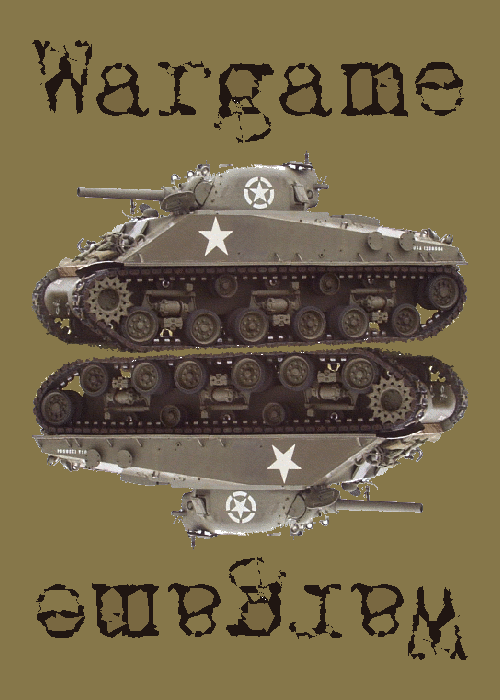preparing for Protospiel
I’m going to be going to Protospiel in Ann Arbor in a couple weeks, and I’ve been scrambling to get some prototypes ready for it.
The whole idea behind Protospiel is that designers get together to playtest one another’s games, provide feedback, and generally help one another with the design process. I’ll be taking three games to share.
The first is Coloronimoes, a more marketable version of Euronimoes. Much like Euronimoes, players are trying to buy 2-ended pieces that (a) fit well in their own personal tableau and (b) don’t cost too much. Unlike Euronimoes, however, there aren’t any numbers on the bones — just colors. I’ve made a very nice prototype and have had the rules printed in color, so this one is all ready to go.
The second is Lemuria. Lemuria is a modular connection game where players try to connect resources to cities using trading posts. Trading posts cost money, though, so players need to complete outstanding orders if they want to continue to be able to build. The goal is to build the biggest network by game end.
Lemuria actually came about as a kind of hybrid between Empire Builder and Settlers of Catan. I had always been somewhat frustrated playing Empire Builder, as I figured it should be sufficient to just connect the resource to the city — why do I also have to deliver it? And when I first played Settlers, I was smitten by the fact that you could set the board up in so many ways. So I set myself a design challenge: make a connection game with a modular board.
It’s not as easy as it sounds — because the board can be set up in countless ways, there’s no way to know for sure what the distance between a given resource and a given city will be, so there’s no way to know what it will cost players to connect the two. And thus there’s no good way to determine what the reward should be, either.
It took me a long time to figure out how to work it, but there are 8 cities and 10 different types of resources. Some resources are more common than others, however, and therefore less valuable. A whole lot of math went into this game — I used one spreadsheet to track the modular panels and their contents, one to analyze the points awarded at the end of the game, and one (with four sheets and some very pretty colors) to look at the order card distribution.
The amazing thing is that it actually works — unless you get completely crazy when setting up the board, every game has a similar trajectory and a similar feel. It’s definitely my “biggest” game to date, though I’d say it’s roughly comparable weight-wise to Settlers. Maybe a little lighter.
And the third game I’m planning to take is RumRunners. This one’s based on an idea I had over 15 years ago — play Mancala with different-colored pieces belonging to each of the players instead of stones “belonging” to everybody. For years, I called the game “Western Mancala.”
I played it off and on for a long time, but it never really grabbed me. It seemed trivial, in a way, certainly not interesting enough to devote much time to it. But I kept adding things along the way: what about a 2-D board, instead of just a loop. That proved intriguing, but difficult — that version lent itself awfully easily to analysis paralysis.
More recently I dusted the game off and tried to breathe new life into it: how about a grid, with intersections? A couple city streets, maybe? And each of the streets is one way, but there are still a number of choices a player can make in terms of where she goes. And then a theme popped into my head: revolutionaries! An uprising! And there are policemen on the streets, trying to shut it down.
The theme has changed a bit since then, and there are one or two key things I’ve neglected to mention (something about corruption, if I recall correctly), but it’s a fun game. It’s not nearly as polished as the other two, as some of these developments have come about just recently, but I should have a working prototype done in plenty of time. It might not have the prettiest graphics, but I don’t figure that’ll be much of a problem.
So this is pretty much all I’ve been working on in my spare time the last few weeks….








Please let us know when you have more details on Lemuria!
Well, lately I’ve just been tweaking the endgame a bit, playtesting every chance I get, and sprucing up the rules and diagrams. I’ve done one blind test so far, with another to come soon. Blind tests are a great way to figure out what you’re not explaining well, or which concepts are just more difficult for folks to pick up on. As a designer it’s easy to take things for granted that aren’t at all obvious to someone trying to learn the game from just the rules.
But things are going well, and I’m happy with all the changes I’ve made as a result of the feedback I got at Protospiel. The game in general is tighter and more focused, a little shorter, a little more difficult and yet also more forgiving. It has definitely been moving in a good direction. :-)